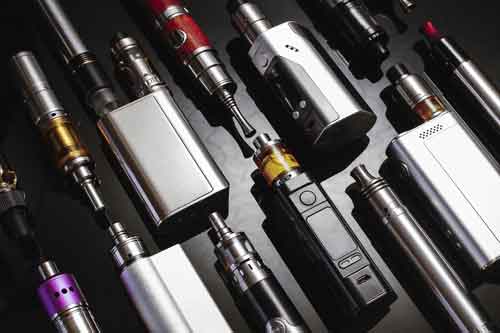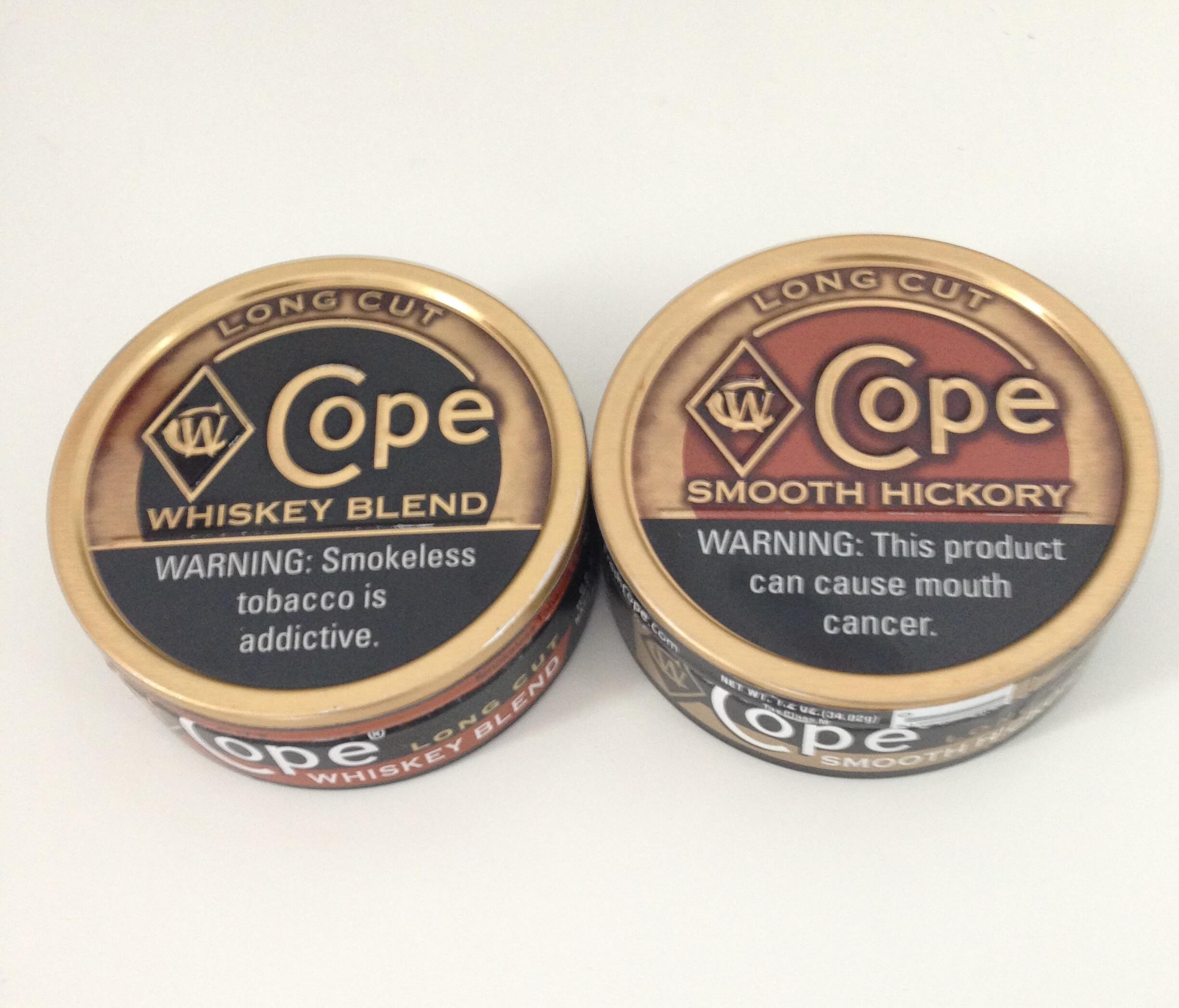- Over-the-Counter Drugs
- Prescription Drugs
Tobacco can be purchsed legally by people 18 and older in every state in the U.S. As of May 1, 2019, 12 states and more than 450 cities have raised the tobacco sale age from 18 to 21.
What are Tobacco and Nicotine?
Tobacco is a leafy plant with brown-colored leaves, which are cured and dried. Nicotine, a synthesized alkaloid found in the roots and leaves, is the addictive ingredient in tobacco. In the state of Missouri, no one under the age of 18 is allowed to purchase, attempt to purchase or possess any tobacco product, including but not limited to cigarettes, cigars, bidis, rolling papers, nicotine vapor products, and alternative nicotine products. According to the Tobacco Free Kids website, many healthcare professionals and healhcare providers are pushing for the tobacco sale age of 21 to be adopted nationwide.
How are tobacco and nicotine used?
Tobacco and nicotine are smoked, chewed, sniffed or inhaled.
Smoked tobacco products include cigarettes, cigars, pipes, bidis, kreteks (clove cigarettes) or hookahs. Smokeless tobacco products include chewing tobacco, snuff, dip and snus. Dissolvable nicotine products include lozenges, orbs, sticks and strips. Electronic cigarettes (e-cigs) are smokeless, battery-operated devices. They deliver flavored nicotine to the lungs without burning tobacco.
How do tobacco and nicotine affect a person?
Nicotine increases dopamine levels which regulate pleasure. When nicotine enters the body, it causes adrenal glands to release a hormone called epinephrine (adrenaline). The rush of adrenaline stimulates the body and causes an increase in blood pressure, heart rate and breathing. Even after tobacco is removed from the mouth, nicotine continues to be absorbed into the bloodstream.
Youth tobacco use—data from the CDC.
If cigarette smoking continues at the current rate among youth in this country, 5.6 million of today’s Americans younger than 18 will die early from a smoking-related illness. That’s about one of every 13 Americans aged 17 years or younger who are alive today.
Preventing tobacco product use among youth is critical to ending the tobacco epidemic in the United States.
- Tobacco product use is started and established primarily during adolescence.1,2
- Nearly nine out of 10 cigarette smokers first tried cigarette smoking by age 18, and 98% first try smoking by age 26.
- Each day in the U.S. about 2,000 youth under 18 years of age smoke their first cigarette and more than 300 youth under 18 years of age become daily cigarette smokers.
- Nearly nine out of 10 cigarette smokers first tried cigarette smoking by age 18, and 98% first try smoking by age 26.
- Flavorings in tobacco products can make them more appealing to youth.
- In 2014, 73% of high school students and 56% of middle school students who used tobacco products in the past 30 days reported using a flavored tobacco product during that time.
- Recent increases in the use of e-cigarettes is driving increases in tobacco product use among youth.
- The number of middle and high school students using e-cigarettes rose from 2.1 million in 2017 to 3.6 million in 2018—a difference of about 1.5 million youth.
All Youth Tobacco Product Use
- In 2018, about seven of every 100 middle school students (7.2%) and about 27 of every 100 high school students (27.1%) reported current use of a tobacco product.
- In 2013, nearly 18 of every 100 middle school students (17.7%) and nearly half (46.0%) of high school students said they had ever tried a tobacco product.
Many young people use two or more tobacco products.
- In 2018, about two of every 100 middle school students (2.4%) and about 11 of every 100 high school students (11.3%) reported current use of two or more tobacco products in the past 30 days.
- In 2013, about nine of every 100 middle school students (9.4%) and about 31 of every 100 high school students (31.4%) said they had ever tried two or more tobacco products.
Youth who use multiple tobacco products are at higher risk for developing nicotine dependence and might be more likely to continue using tobacco into adulthood. Additional information about youth and tobacco use can be found on the CDC’s website.
What are the health effects/risks of using tobacco and nicotine?
Most of the harm to the body is not from the nicotine but from other chemicals contained in the tobacco including carbon monoxide, tar, formaldehyde, cyanide and ammonia.
Tobacco use is the leading preventable cause of disease, disability and death in the U.S. Cigarette smoking causes serious health problems including coughing, shortness of breath, frequent headaches, increased phlegm, frequent respiratory illness, reduced physical fitness, poor lung growth/function and addiction.
What are the health effects/risks of using an electronic cigarette?
Known by many names (hookah pens, vapes, mods, pods, Juuls, etc.), e-cigs all use a battery to heat a liquid into a vapor which is then inhaled. The liquid comes in a variety of flavors and nicotine levels. Generally, one pod of liquid equals the nicotine contained in a pack of regular cigarettes.
While marketed as a safer alternative, the vapor in e-cigarettes contains known cancer-causing, toxic chemicals. E-cigs can also cause irritation to the lungs, nose, and throat, as well as coughing, shortness of breath, and wheezing.
E-cigs are especially damaging for adolescents as exposure to nicotine can be a gateway for other tobacco products or other drugs. Nicotine can impact learning, memory, and attention, and lead to increased impulsivity, mood disorders, and dependence.
- CDC Data—Current (past 30 days) use of e-cigarettes went up among middle and high school students from 2011 to 2018.
- Nearly one of every 20 middle school students (4.9%) reported in 2018 that they used electronic cigarettes in the past 30 days—an increase from 0.6% in 2011.
- Nearly one of every five high school students (20.8%) reported in 2018 that they used electronic cigarettes in the past 30 days—an increase from 1.5% in 2011.
For more information visit the following resources:
This is Quitting or text “QUIT” to 706-222-QUIT










